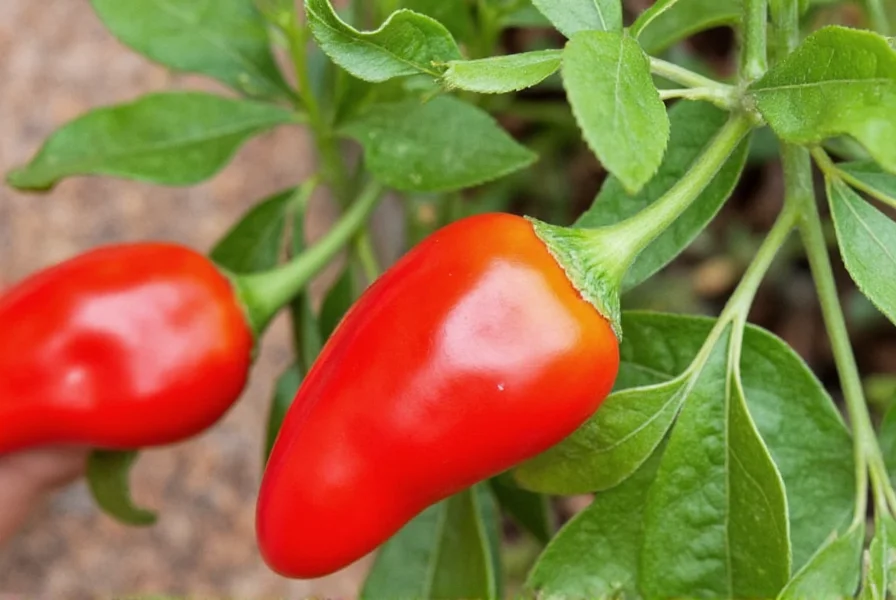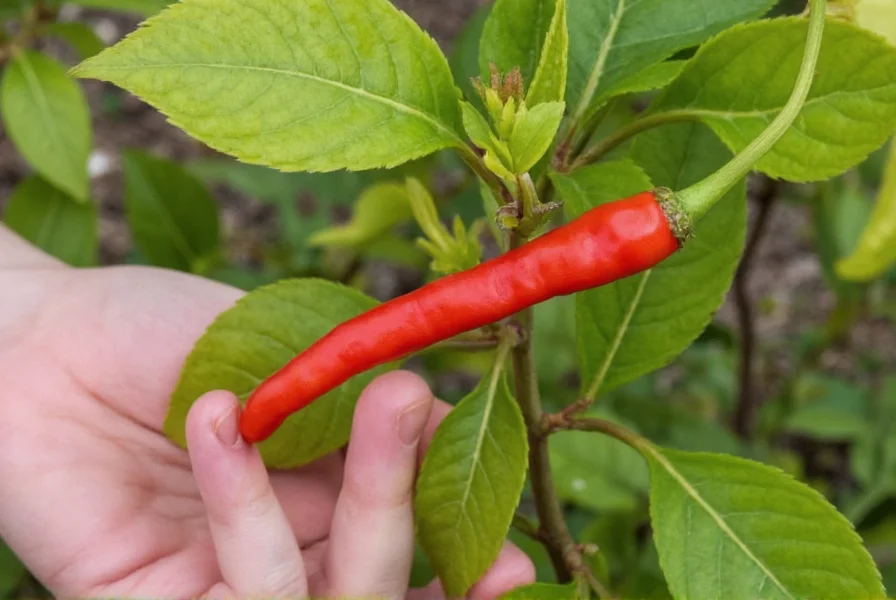No, cayenne pepper typically does not hurt plants when used properly as a natural pest deterrent. Scientific evidence and extensive gardening experience show that properly diluted cayenne pepper sprays repel pests without damaging most plants. However, improper concentrations or application methods can cause leaf burn on sensitive species, particularly in hot, sunny conditions.
Many gardeners turn to cayenne pepper as an organic solution for pest control, but concerns about potential plant damage are understandable. This comprehensive guide examines the science behind cayenne pepper's effects on plants, proper usage techniques, and which plants might require special consideration.
The Science Behind Cayenne Pepper and Plant Safety
Cayenne pepper contains capsaicin, the compound responsible for its heat. When properly diluted (typically 1-2 tablespoons per quart of water), capsaicin creates an unpleasant sensation for pests like aphids, rabbits, and deer without harming plant tissues. Research from agricultural extension services confirms that appropriate concentrations don't interfere with photosynthesis or nutrient uptake in most plant varieties.
Plants have evolved protective waxy cuticles on their leaves that prevent most topical applications from causing damage when used correctly. The key factor determining whether cayenne pepper will hurt plants lies in proper dilution and application timing. Applying undiluted pepper or spraying during peak sunlight hours increases the risk of leaf scorch.
Plants That May Be Sensitive to Cayenne Pepper
While most plants tolerate cayenne pepper sprays well, certain varieties show increased sensitivity:
| Plant Type | Sensitivity Level | Recommended Precautions |
|---|---|---|
| Seedlings and young plants | High | Avoid until established; test on small area first |
| Ferns and delicate foliage plants | Moderate | Use half-strength solution; apply in evening |
| Peppers and tomatoes | Low | Generally safe; standard dilution appropriate |
| Root vegetables | Very Low | No special precautions needed |
Proper Application Techniques to Prevent Plant Damage
To ensure your cayenne pepper spray protects rather than harms your plants:
- Always dilute properly - Use 1-2 tablespoons of cayenne pepper per quart of water, plus a few drops of liquid soap as an emulsifier
- Test first - Apply to a small section of plant and wait 48 hours before full application
- Spray in evening - Avoid applying during peak sunlight to prevent potential leaf burn
- Focus on affected areas - Target pest-prone sections rather than dousing entire plants
- Reapply after rain - Natural sprays wash off with precipitation

When Cayenne Pepper Might Actually Harm Plants
Though generally safe, cayenne pepper can cause issues in specific circumstances:
Excessive concentrations (more than 3 tablespoons per quart) may cause leaf burn, particularly on sensitive plants. Applying during hot, sunny conditions increases this risk as the solution can act like a magnifying glass on leaves. Some gardeners report that repeated heavy applications might affect beneficial insects that help with pollination.
Interestingly, while cayenne pepper repels many pests, it doesn't harm earthworms or other soil organisms that benefit plant health. This makes it preferable to many chemical pesticides that create broader ecological disruption.
Alternative Natural Pest Control Methods
If you're concerned about using cayenne pepper on sensitive plants, consider these equally effective alternatives:
- Neem oil solutions for broad-spectrum pest control
- Garlic spray for repelling insects
- Diatomaceous earth for crawling insects
- Companion planting with pest-repelling species
- Physical barriers like row covers
Creating an Effective Cayenne Pepper Spray Recipe
For gardeners wanting to try this natural pest control method, here's a proven safe recipe that won't hurt plants:
- Mix 1 tablespoon cayenne pepper powder with 1 quart of warm water
- Add 1 teaspoon liquid dish soap (non-detergent)
- Let mixture steep for 24 hours
- Strain through cheesecloth to remove particles
- Spray on affected plants in the evening
- Reapply every 5-7 days or after rain
This concentration effectively deters pests while minimizing any risk to your plants. Remember to wear gloves and eye protection when handling and spraying, as capsaicin can irritate skin and mucous membranes.
Long-Term Effects on Soil Health
Gardeners often wonder whether regular cayenne pepper applications affect soil quality. Research indicates that properly diluted sprays have minimal impact on soil microbiology. Unlike synthetic pesticides that can accumulate and disrupt soil ecosystems, cayenne pepper breaks down quickly in the environment.
Some studies even suggest that occasional cayenne pepper applications may help suppress certain soil-borne fungal diseases without harming beneficial soil organisms. However, moderation remains key - excessive use could potentially affect earthworm activity temporarily.
Conclusion: Balancing Pest Control and Plant Safety
When used correctly, cayenne pepper provides an effective, plant-safe method for pest control in home gardens. The evidence clearly shows that properly diluted cayenne pepper sprays repel unwanted pests without damaging most plants. By following recommended dilution ratios, applying during appropriate times, and testing on sensitive plants first, gardeners can safely harness this natural solution.
Understanding how to use cayenne pepper properly transforms it from a potential risk to a valuable tool in organic gardening. This natural approach supports healthier ecosystems in your garden while protecting your plants from destructive pests.











 浙公网安备
33010002000092号
浙公网安备
33010002000092号 浙B2-20120091-4
浙B2-20120091-4